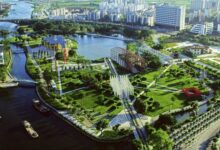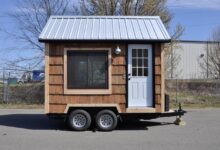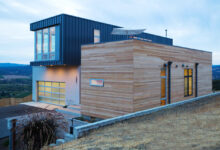Community-Centric Architecture Moves A Powerful Urban Development
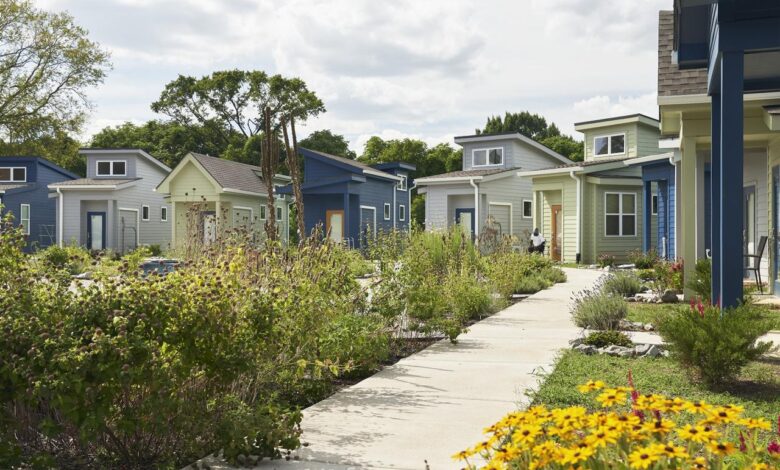
The traditional model of urban development, often focused on large-scale projects and standardized housing, is being challenged by a new and powerful movement. Community-centric architecture is a new paradigm that moves beyond the design of individual buildings to create living spaces that actively foster social connection, collaboration, and a sense of belonging. This isn’t just about a shared lobby; it’s a holistic approach that integrates a new understanding of human psychology, social dynamics, and a commitment to inclusivity into the very fabric of a built environment. This article will take a deep dive into the core concepts of community-centric architecture, exploring the pivotal role of participatory design, the integration of shared spaces, the focus on a home as a hub for social connection, and the immense opportunities and challenges that lie ahead for a more connected and human-centric future.
The New Blueprint for Connection
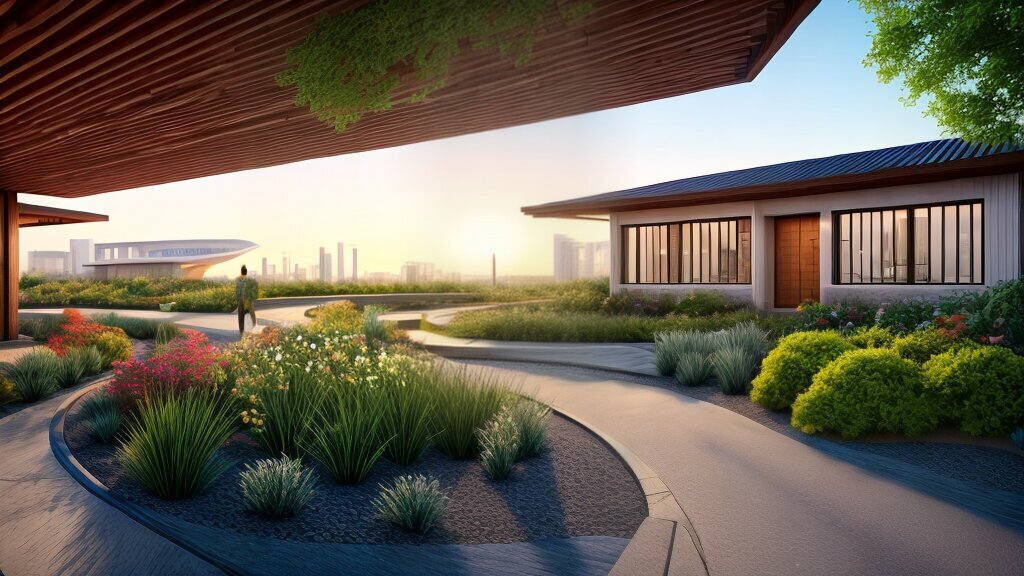
A community-centric building is, by definition, a social one. It is a building that is designed to bring people together, to create a sense of place, and to foster a vibrant and resilient community. This requires a new approach to architecture and urban planning.
A. The Power of Participatory Design
The new era of community-centric architecture is powered by a new philosophy of design that puts the needs of a community at the heart of the creative process. Participatory design is a collaborative process where architects, urban planners, and the community work together to design a building or a neighborhood. This has a number of powerful advantages.
- A Sense of Ownership: When a community is involved in the design of their living space, they develop a sense of ownership and a deeper connection to their environment. This can lead to a more vibrant and resilient community.
- A More Inclusive Design: Participatory design ensures that the needs of a diverse range of community members are taken into account, from the elderly and the disabled to children and a family. This can lead to a more inclusive and accessible design that is a reflection of the community it serves.
- A Community of Architects: The process of participatory design can also be a new and powerful way for a community to learn about architecture and urban planning. It can empower a community to take an active role in shaping their own future.
B. The Integration of Shared Spaces
A community-centric building is designed for social interaction. It is a building that has a variety of shared spaces, from a communal kitchen and a co-working space to a rooftop garden and a shared laundry room. These spaces are a key component of a community, as they provide a natural and organic way for a resident to connect with their neighbors.
- A Hub for Collaboration: A shared co-working space or a communal kitchen can be a hub for collaboration and new ideas. It can be a place where a new business is launched or a new project is born.
- A New Kind of Living: A shared laundry room or a shared garden can be a new kind of living. It can be a place where a resident can get to know their neighbors, share a laugh, and build a lasting friendship.
- A New Urban Village: The integration of shared spaces into a building’s design can create a new kind of urban village, a place where a resident can live, work, and play in a single location.
A New Kind of Architecture
A community-centric building is, at its core, a human-centric one. It is a building that is designed to enhance a person’s well-being, to foster a sense of connection, and to create a feeling of belonging.
A. The Power of Biophilic Design
As our urban environments become more dense and our digital lives more pervasive, there is a growing, universal human need to reconnect with nature. This is the core philosophy of biophilic design, a movement that integrates natural elements and processes into the built environment.
- Stress Reduction: The integration of natural elements, such as a large indoor garden or a natural light-filled atrium, can have a significant positive impact on a person’s mental health, from a reduction in stress and anxiety to a lower risk of seasonal affective disorder (SAD).
- Cognitive Function: A connection to nature has been shown to improve cognitive function, including memory, focus, and creativity. A person who works or lives in a biophilic environment is more likely to be more productive and to have a higher level of job satisfaction.
- Physical Well-being: The use of natural light and natural ventilation in a biophilic building can improve a person’s physical health, from a reduction in eye strain and headaches to a lower risk of respiratory illnesses.
B. The New Social Hub
A community-centric building is a new kind of social hub, a place where a resident can live, work, and play in a single location.
- The Rise of the Co-Living Space: Co-living spaces are a modern take on dormitories, offering small, private rooms with shared amenities like kitchens, co-working spaces, and gyms. These communities are leveraging technology to manage everything from booking a shared space to a communal calendar of social events, fostering a sense of community and belonging in a new kind of urban village.
- A New Kind of Living: A community-centric building is a new kind of living. It is a place where a resident can get to know their neighbors, share a laugh, and build a lasting friendship.
- A New Urban Village: The integration of shared spaces into a building’s design can create a new kind of urban village, a place where a resident can live, work, and play in a single location.
Challenges and Opportunities
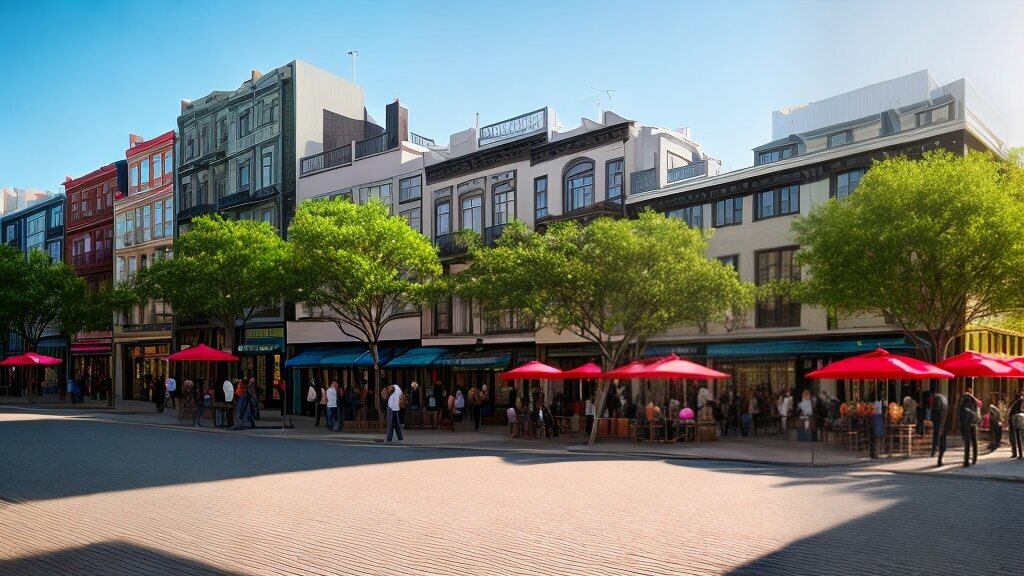
While the future of community-centric architecture is bright, there are significant challenges that must be addressed to ensure that this revolution is inclusive and sustainable.
A. The Challenge of Affordability
The cost of a community-centric building, particularly one with a large number of shared spaces, can be prohibitive. The components that power these buildings are expensive, creating a new digital divide between those who can afford a high-end building and those who cannot. The use of modular and prefabricated components is a major step toward addressing this, but more work is needed to make a community-centric building accessible to everyone.
B. The Evolving Legal and Regulatory Framework
The new era of community-centric architecture is advancing faster than the laws that govern it. New regulations are urgently needed to address a wide range of issues, from the legal status of a shared space to the rights of a building’s occupants. The lack of a clear regulatory environment is a major barrier to adoption for many developers and cities.
C. The Human Element
A building is, at its core, a place for people. While technology can solve many problems, it cannot replace the human element of empathy, community, and social connection. The challenge is to use technology to enhance human interaction, not to replace it. Urban planning must be human-centric, creating spaces that foster community and belonging.
Conclusion
Community-centric architecture is not a passing trend but a powerful and transformative movement that is fundamentally reshaping our relationship with our buildings and with each other. It is a testament to the growing awareness from both architects and urban planners that a more connected future is not just an ethical imperative but a business necessity. The use of participatory design, a new focus on shared spaces, and the integration of a new generation of biophilic design are all a part of this new era. The new era of community-centric architecture is a clear signal that the future of building is a new kind of living, a living that is as adaptable and as resilient as it is intelligent and sustainable.
However, as we embrace this new era, we must also confront the significant challenges that lie ahead. The high cost of a community-centric building, the need for a new legal and regulatory framework, and the challenges of data privacy and security are all hurdles that must be addressed proactively. The future of architecture is a journey that will be defined not just by its technological prowess but by its ability to create a world that is more connected, more human-centric, and more conducive to a person’s overall well-being. The community-centric building is here, and it promises to build a future where our buildings are as healthy and as happy as we are.

